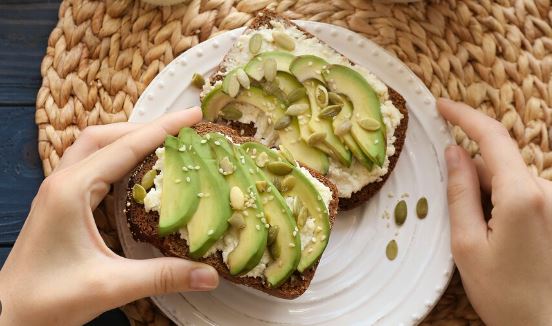The ketogenic diet has become a popular choice for weight loss and improved health. By drastically reducing carbohydrate intake and increasing fat consumption, the body enters a state of ketosis, where it burns fat for energy instead of glucose. While many people are aware of the importance of limiting carbs on a keto diet, they often wonder about the optimal amount of fat they should be consuming each day.
The answer to the question “how many grams of fat a day for keto?” is not a one-size-fits-all approach. It depends on factors such as age, gender, weight, activity level, and individual goals. However, this article will provide a general guide to help you determine your ideal fat intake on a ketogenic diet.
Understanding the Role of Fat on a Keto Diet
Fat is the primary macronutrient on a ketogenic diet, accounting for 70-80% of daily calories. It is essential for several reasons:
- It provides the body with energy: When the body is in a state of ketosis, it relies on fat for energy. Consuming adequate amounts of fat ensures that the body has a steady supply of energy throughout the day.
- It helps with satiety: Fat takes longer to digest than carbs or protein, which means it keeps you feeling full and satisfied for longer periods. This can lead to fewer cravings and overeating.
- It supports hormonal balance: Certain hormones such as testosterone, estrogen, and cortisol rely on fat for production. Consuming enough fat can help maintain healthy hormone levels.
How Many Grams of Fat a Day for Keto?
As mentioned earlier, the amount of fat you need on a keto diet depends on several factors. The following is a general guide to help you determine your ideal fat intake:
- Calculate your daily calorie needs: To determine how many grams of fat you need, you first need to calculate your daily calorie needs. You can use an online calculator or consult with a nutritionist for a more accurate calculation.
- Determine your protein intake: The next step is to determine your protein intake. The recommended range is between 0.6-1.0 grams of protein per pound of body weight. This will ensure that your body has enough protein for muscle maintenance and repair.
- Calculate your fat intake: Once you have determined your daily calorie needs and protein intake, you can calculate your fat intake. Since fat contains 9 calories per gram, you can use the following formula:
Daily Calorie Needs – (Protein Intake in Grams x 4) = Daily Fat Intake in Grams
For example, if your daily calorie needs are 2000 and your protein intake is 100 grams, your daily fat intake would be:
2000 – (100 x 4) = 1400 calories from fat 1400 ÷ 9 = 155 grams of fat per day
- Adjust as needed: If you find that you are not losing weight or experiencing other issues, you may need to adjust your fat intake. You can do this by increasing or decreasing your daily calorie intake or adjusting your protein intake.
Tips for Meeting Your Daily Fat Needs
Meeting your daily fat needs on a keto diet can be challenging, especially if you are used to a low-fat diet. Here are some tips to help you increase your fat intake:
- Cook with healthy fats such as coconut oil, olive oil, and avocado oil.
- Add fat to your meals by using ingredients such as butter, heavy cream, and cheese.
- Eat fatty cuts of meat such as beef, pork, and chicken thighs.
- Incorporate high-fat foods such as nuts, seeds, and avocados into your meals.
- Use full-fat dairy products such as cheese, yogurt, and sour cream.
FAQs
- Can I eat too much fat on a keto diet?
Yes, it is possible to overeat on a keto diet, even with a high-fat intake. Consuming too many calories, even from healthy fats, can lead to weight gain. It’s important to calculate your daily calorie needs and track your food intake to ensure you are not overeating.
- What if I don’t like high-fat foods?
If you don’t like high-fat foods, it may be challenging to follow a keto diet. However, you can still incorporate healthy fats into your meals in small amounts. You can also consult with a nutritionist to find alternative ways to meet your fat needs.
- Can I lose weight without eating a lot of fat on a keto diet?
While fat is the primary macronutrient on a keto diet, it is not the only one. You can still lose weight on a keto diet by focusing on reducing your carb intake and eating moderate amounts of protein and fat.
Conclusion
Determining how many grams of fat a day for keto can be a challenge, but it is essential to ensure you are getting the right amount for optimal health and weight loss. Remember that the amount of fat you need depends on your individual factors, so it’s essential to calculate your daily calorie needs and protein intake to determine your ideal fat intake. By following the tips and guidelines provided in this article, you can increase your fat intake and meet your goals on a keto diet.
